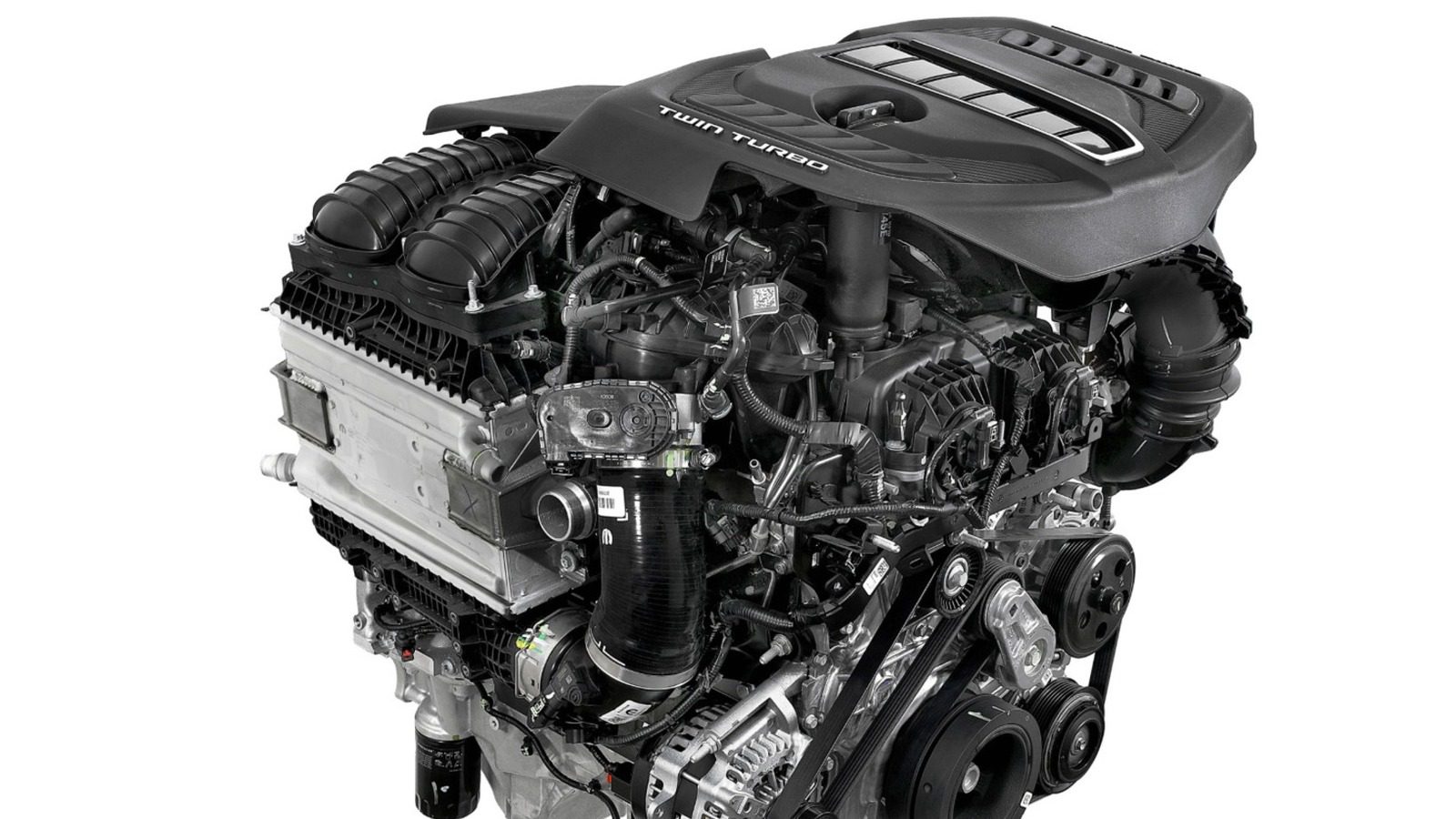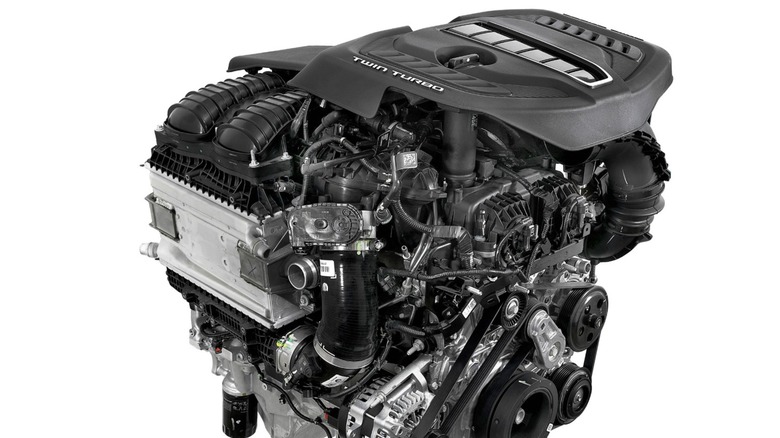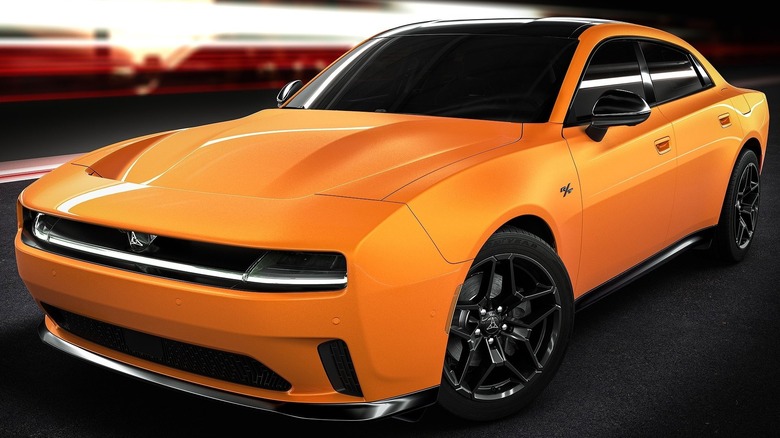
The iconic Hemi V8 engine from Stellantis has officially seen its days dwindle. While not completely disappeared, the availability of a V8-powered sedan or muscle car from Dodge or Chrysler is now limited. Unless you’re on the hunt for a heavy-duty Ram truck or exclusive models like the SRT Hellcat Durango or Jeep Wrangler 392, finding a V8 is becoming increasingly rare. Emerging turbocharged engines with smaller displacements have gained favor, and Stellantis is now embracing this trend for its leading products.
With the gradual phasing out of the 5.7-liter Hemi V8, Stellantis has introduced a noteworthy replacement: the Hurricane engine. This turbocharged 3.0-liter inline-6 engine impresses with its combination of compact size, superior power, and enhanced efficiency. Curious about what sets this engine apart? Read on for three essential insights into Stellantis’ innovative Hurricane inline-6 engine.
More Power in a Smaller Package
Development of the Hurricane engine began in 2013, initially inspired by Ford’s EcoBoost technology, but it debuted in 2022. This marks the return of the straight-six engine from an American manufacturer, a format not seen since GM’s Atlas I6 in the early 2000s. The Hurricane offers two power levels: the standard model generates 420 horsepower and 486 lb-ft of torque, while the high-output variant, found in models like the Ram RHO and Jeep Grand Wagoneer, can reach up to 550 horsepower and 521 lb-ft of torque. This means every variant of the Hurricane eclipses the 5.7-liter and 6.4-liter Hemi V8 options in terms of power, all while utilizing less displacement thanks to turbocharging.
While both Hurricane versions share over 90 components and are largely similar, each has its unique turbocharger. The standard model features a turbo producing up to 22 psi of peak boost, while the high-output model gets a turbo with a peak boost of 26 psi. Additionally, the engines have different fuel requirements—the standard version operates on regular fuel, whereas the high-output variant requires premium fuel.
Innovative Technology Meets Classic Branding
The Hurricane moniker carries historical weight for Jeep, having previously been featured on an inline-4 engine in Willys models like the CJ-3, CJ-5, and CJ-6 for more than two decades. However, the modern Hurricane engine is far from a relic; it incorporates high-tech solutions and is designed for powerful performance despite its compact dimensions. Notably, the Hurricane’s weight is impressively low. Owing to its lightweight aluminum block, both standard and high-output versions weigh under 500 pounds, with just an 11-pound difference between them (430 pounds for standard and 441 pounds for high-output). Moreover, advanced techniques, such as plasma transfer wire arc technology, are employed to apply a vaporized steel alloy to the cylinder walls—an innovation typically reserved for high-performance engines like Ford’s flat-plane-crank Voodoo V8 or Nissan’s GT-R VR38DETT twin-turbo V6.
A Promising Future for Muscle Cars
Dodge’s shift away from V8 engines has left some fans feeling dismayed, particularly regarding the new Charger model. Enthusiasts have voiced concerns about the absence of V8 options, and sales for the electric version of Dodge’s revamped muscle car seem to be underwhelming. However, for those eager for a gasoline-powered alternative, exciting developments are on the horizon. Later this year, Dodge plans to unveil the gasoline-powered Dodge Charger Six Pack, equipped with both Hurricane engine options. Whether choosing the 420 or 550 horsepower version, the Charger is set to reignite performance enthusiasm.
It’s worth noting that both Hurricane configurations outperform previous Charger models, including the SXT, GT, R/T, and Scat Pack trims, which offered either a 292-hp 3.5-liter V6, a 370-hp 5.7-liter V8, or a 486-hp 6.4-liter Hemi V8. As we await the forthcoming release, the loyalty of Dodge’s traditional V8 enthusiasts remains uncertain. The demanding performance of Scat Pack and Hellcat variants largely defined the Charger’s legacy. However, buyers may find something refreshing in the new six-cylinder design. The upcoming five-door model resembles an American version of a Kia Stinger, sporting a liftback rear, and remains rear-wheel drive. If the Hurricane fulfills its performance potential, Dodge may be gearing up for a remarkable comeback.













